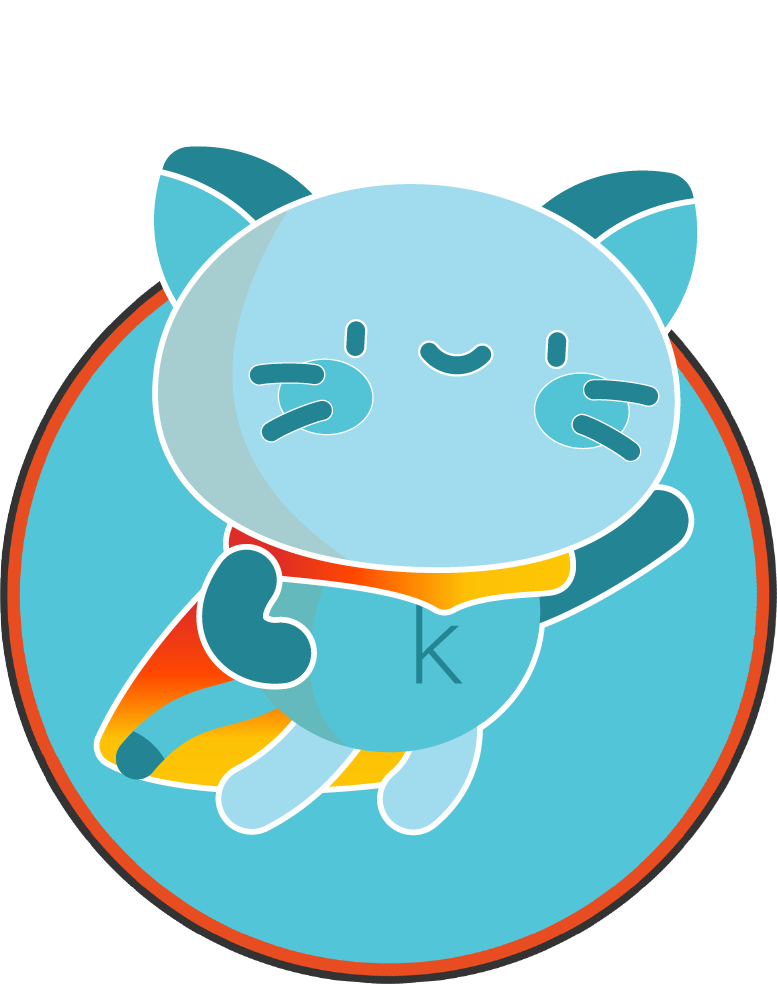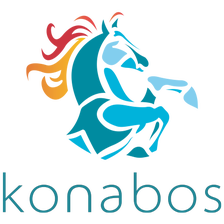Four Easy Ways to Improve the User Experience on Your Website
Konabos Inc. - Konabos
21 Jun 2021
A positive user experience takes engaging content and lays it out strategically, concisely, and efficiently to make it easy for the user to interact with. Optimizing a site for a positive user experience is vital in getting readers to return. It would be an understatement to think that there is only one proper way to offer a great user experience (UX) on your website, as what one person finds pleasant, another will find annoying. But there are a few universal strategies you can use to ensure that you offer a smooth, easy, and engaging web user experience.
What is a good user experience?
The user experience encompasses all aspects of brand interaction, including the use of services and products. A good UX meets or surpasses the customer’s needs and expectations and attributes a positive view of your brand. Your website is probably one of the most essential tools and is often one of the first touchpoints a customer has with your company.
Your website serves many purposes; to have users perform an action, have them return, and eventually convert them into loyal customers. Therefore, your goals and objectives are directly affected by how well the UX is. For example, suppose a user visited your site, scrolled through the pages, and performed an action (e.g., subscribed to your mailing list), in that case, you can safely assume your site provided them with valuable information and was a pleasant and positive experience.
How a good user experience benefits your brand
Your content won’t reach many people if your website is confusing, hard to navigate, poorly designed, has low-quality images, and is slow to load. The goal is to remove any user frustration that visual clutter and technical bugs can cause, leave users satisfied, and leave them associating your brand with something positive.
A good website will boost your SEO as you’ll have a lower bounce rate, and clients won’t be tempted to click back before navigating their way through your content. A higher conversion rate is also a sign that your website is valuable and helpful to visitors and will increase your online exposure. Conversion doesn’t necessarily mean making a purchase. A simple subscribing to your blog, filling out a form, or using your online scheduling system all points to user satisfaction and is the first step in their journey down the sales funnel.
Let’s look at four ways you can implement changes to your website to create an enhanced user experience.
Mind the visual aspect
Your site needs to be visually pleasing, through good fonts, colors, and layout. Although everyone has personal preferences as to what constitutes a good website, there is a consensus that anything too difficult to read will lead to a poor user experience. Essentially, the more complicated your site is to read, the more your audience will click back.
If your reader must squint to read, or if they need to highlight each paragraph to distinguish the writing from the background color then chances are your site could do with a revamp to make the user experience better.
Making sure your font type is easy to read (Times, Arial, Calibri) and that the size is proportionate to your content and doesn’t require readers to zoom in or out to scroll through your site is essential. Never sacrifice the user experience for fancy hard to read fonts. Remember that high contrast is always preferable, so whether you use black writing on a white background or the opposite, the goal is to make the experience smooth and hassle-free for the reader.
Also, keep in mind that using white space liberally is always a good thing for reading online. Your site needs to be scannable, and big chunks of text can potentially scare away readers. Using short paragraphs throughout your webpage can make all the difference.
Every page needs a call to action
No matter what page a reader lands on, you want them to perform an action that will lead to a positive interaction with your brand. Therefore, internal linking is not only a best SEO practice; it is an easy, quick win to get your visitors to navigate your site and access all your important content such as your contact, special offers, and services pages.
A CTA should ultimately bridge the relationship with the client and establish some type of communication, whether through subscribing to your blog, creating a customer profile, downloading a PDF, or scheduling an appointment through your online booking tool. By heeding the CTA, visitors who have willingly interacted with your brand are more likely to convert to long-time loyal customers.
Make it mobile-friendly
It goes without saying that most people access websites through their phone, and if your site is not accessible to those on mobile, then it would be wise to implement a responsive mobile-friendly site. Chances are visitors won’t wait until they get home to access your website through their desktop.
Just like it’s important to have a great visual site, the same best practices need to be implemented for mobile users. This means ensuring that font size is legible (zooming on a mobile is more complicated than on a desktop!), that the screen size is customized for mobile, and that the navigation menu is formatted for mobile users too.
Don’t forget that mobile users don’t have the luxury of using a mouse to scroll, relying on their fingers to get them through the content. So, if the CTA button is too tiny to click, the menu doesn’t appear, or if they must zoom in to read each page, the user experience is greatly hindered, and you’re unlikely to see any conversions from frustrated mobile users.
Remove slow elements
If your site takes more than three seconds to load, visitors will move on to the next one. A website’s loading speed affects its technical SEO and drives customers away. Although this can cause problems, luckily, it can usually be quickly fixed with the help of your web design and web development teams.
The cause can be simple: a large unoptimized image that takes long to load or something more technical such as malfunctioning plugins or poorly written code. A comprehensive site audit can usually detect where the issue is, and this will allow you to fix the problem and get your pages loading in under the three-second mark. Speed matters when it comes to loading websites.
So, if you’re signing into your Google Analytics account and you’re disappointed with the data, say a high bounce rate, maybe the solution is to go back and examine how you can improve the UX on your website. Remember to put yourself in your customer’s shoes because it’s often easy to overlook errors when we are too close to the product. We sometimes need to look at it from another point of view to offer the best UX possible. By ramping up your website, you’ll be able to turn things around and improve your conversions in the long run.
User Experience and User Interface Design Services at Konabos

Konabos Inc.
Yay to Konabosing in style! Content tagged with the Konabos handle is produced by two or more Konabos team members.



Share on social media